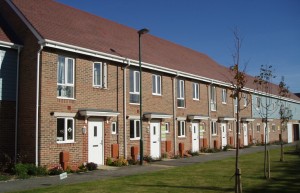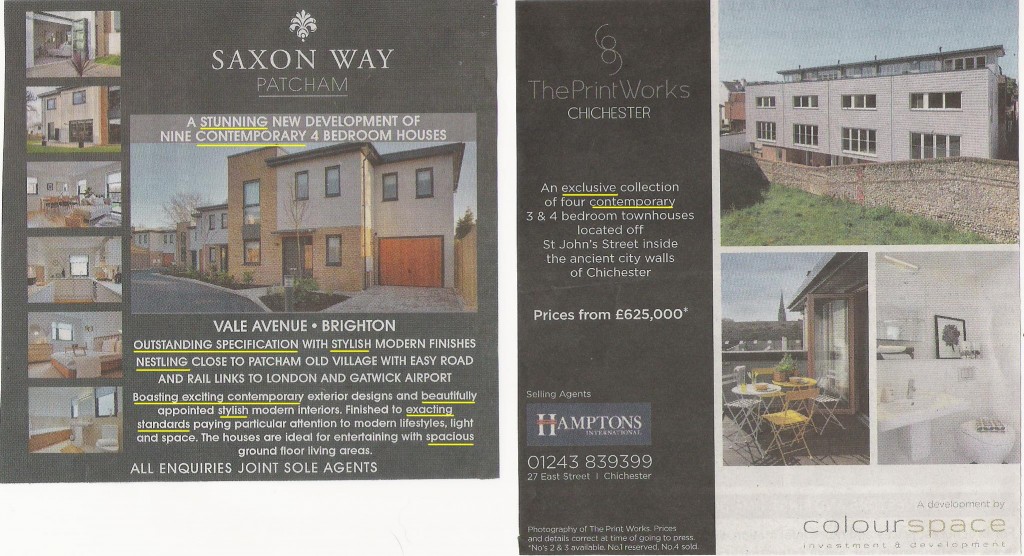Welcome to ‘rabbit hutch’ Britain as Government gives the green ight to even smaller micro homes
“Ridiculous” – “immoral” – “dog kennels” – “shoe boxes” – “rabbit hutches” These are just some of the words local residents have used to describe Britain’s micro homes – Government-endorsed “favelas in the sky.”
It would appear the Government is intent on cramming an ever increasing number of ‘hard working British people’ into ever smaller areas and living spaces. Evidence of this provided by the Housing White Paper, with its proposal to review the guidance on minimum sizes for new homes, despite the “nationally described space standard” only being in force since October 2015.
“The Government proposes to amend the National Planning Policy Framework to make it clear that plans and individual development proposals should:
- make efficient use of land and avoid building homes at low densities where there is a shortage of land for meeting identified housing requirements;
- address the particular scope for higher-density housing in urban locations”
We also want to make sure the standards do not rule out new approaches to meeting demand, building on the high quality compact living model of developers such as Pocket Homes ”














